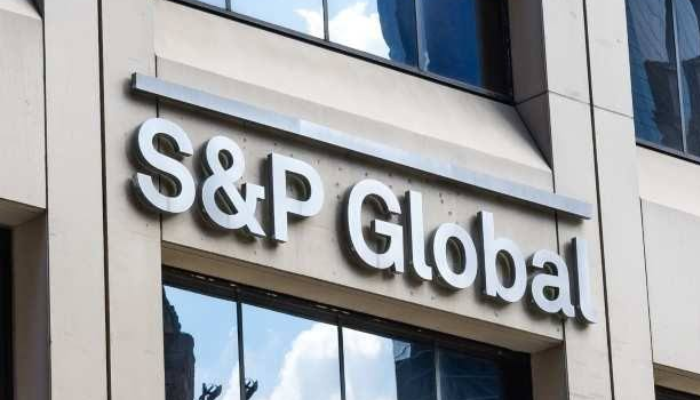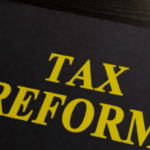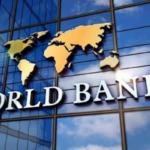S&P Global Ratings has revised Nigeria’s sovereign credit outlook to positive from stable, reflecting the country’s ongoing policy adjustments and signs of improving macroeconomic conditions. The agency affirmed the long- and short-term foreign and local currency ratings at ‘B-/B’, alongside national scale ratings of ‘ngBBB+/ngA-2’.
S&P said the positive outlook “reflects improving external, economic, fiscal, and monetary results”, noting that Nigeria’s reform path is continuing despite structural constraints, low GDP per capita, and high debt servicing needs.
Read also: Investors rally around NCR Nigeria as stock gains 220% in nine months
Reforms shape stronger projection
The revised outlook follows the policy steps taken since mid-2023 under President Bola Tinubu’s administration. These include exchange rate liberalisation, removal of fuel subsidies, changes in revenue collection systems, and higher oil output supported by the commissioning of the Dangote refinery.
According to the agency, these moves are shaping a more stable fiscal and monetary environment. S&P said, “We think authorities are taking steps to improve the economy’s growth prospects and macroeconomic resilience.”
The agency has raised its growth forecast for Nigeria to an average of 3.7 per cent between 2025 and 2028, up from 3.2 per cent. This is driven by expectations of higher crude production and a gradual lift in private sector activity. Inflation is projected to ease, reaching 13 per cent by 2028.
Read also: Nigeria warns $2.8tn African GDP goal threatened without inclusive trade policies
External position strengthens
Nigeria’s external buffers show signs of improvement, with gross reserves estimated at under 44 billion dollars as of October 2025. Removal from the Financial Action Task Force grey list and a more consistent exchange rate regime have also encouraged remittances and portfolio inflows.
S&P said the outlook could return to stable if the reform programme loses momentum or if pressure builds on Nigeria’s ability to meet commercial obligations. Rising fiscal deficits, higher debt servicing, or capital outflows could affect current gains. A further upgrade is possible within 12 months if fiscal and external conditions strengthen further and economic performance exceeds current expectations.
Read also: Aradel records N22bn shares traded in largest single-day NGX deal
Fiscal and oil sector adjustments support outlook
The agency highlighted expected gains from ongoing revenue reforms such as the Nigeria Revenue Service Establishment Act and updated Tax Administration Acts. These measures aim to clarify tax responsibilities and raise compliance levels.
S&P projects a general government deficit of around 3.2 per cent of GDP over 2025–2028. Although 2027 is an election year, the agency does not expect a major deviation in fiscal discipline.
The oil sector is also posting progress. Output has risen to 1.60 million barrels per day from 1.38 million barrels per day in 2022 due to efforts to reduce theft and pipeline disruptions. The Dangote refinery is ramping up operations, while ongoing rehabilitation at the Port Harcourt, Warri, and Kaduna refineries is expected to support domestic supply.
Read also: Food inflation slows to 16.87% in September as maize, grain prices ease
Structural factors remain
S&P noted that GDP per capita remains around 1,200 dollars, and inflation is expected to stay above 20 per cent in 2025 and 2026. The large informal sector continues to complicate tax collection but offers resilience during economic stress.
The agency expects the reform drive to continue, though it may slow as the 2027 elections approach. S&P said improved confidence and higher oil production should support average growth of 3.7 per cent over 2025–2028.









